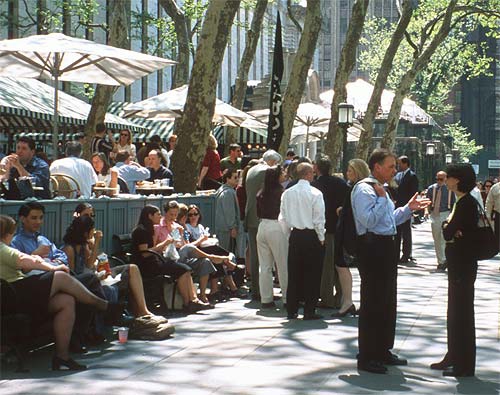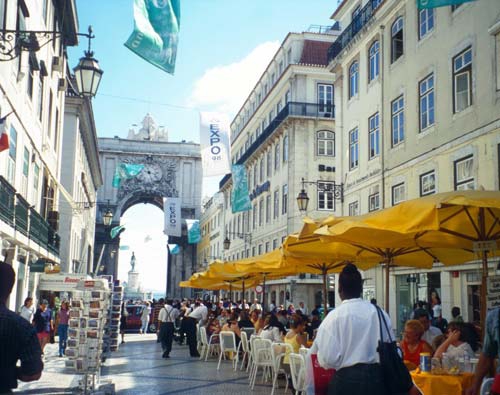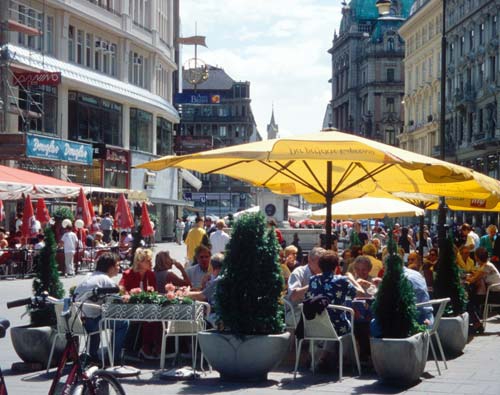The idea of pedestrianization is neither new nor radical. It pre-dates the Roman Empire, but gained appreciable momentum after World War II, as the proliferation of cars inspired something of a citizens’ insurrection against motor traffic in cities.
This occurred, for example, in New York in the early 1950s, in response to Robert Moses’ plan to widen 5th Avenue as it passed through Washington Square Park and continued south. Community groups strongly objected, and ultimately caused the complete closing of the park to motor vehicles. Significantly, despite dire warnings by City officials, traffic volumes actually declined on adjacent streets.
Auto-free streets have made city centers appreciably more attractive to visitors, employees, and residents. Air pollution drops dramatically, even when traffic continues on nearby streets.
Cars on Nassau Street at lunchtime were eliminated as an interim measure more than 30 years ago. This was so successful that it was made permanent. More recently, Fulton Street, which crosses Nassau Street was closed to traffic at lunchtime, adding to an emerging network of pedestrian streets in Lower Manhattan. Mulberry Street in Little Italy is closed on weekends from Memorial Day to Columbus Day, which is popular with its merchants.
Rockefeller Center is a privately managed pedestrian zone that has contributed in no small measure to the financial success of this famous complex. And Bryant Park is a fine example of the design and public management of pedestrian space. The café on Park Ave just south of 42nd Street generates money for the City as well as the restaurant owner.
Pedestrian streets in Denver and Minneapolis have been thriving for more than two decades, sustaining the centers of these cities even in the face of heavily subsidized suburban development. Downtown Denver’s retail sales, measured in real dollars, have nearly quadrupled in the 22 years since its mall opened, and businesses within a block of the mall account for more than half of the city’s retail sales.
Europe has been at the epicenter of this movement, and contains some of the most beautiful and best functioning examples. In nearly every country in western Europe—where transit usage and walking habits are quite closely matched by our in Manhattan—the pedestrianization of city streets has met with resounding success. Their popularity has been reflected in the very practical gauges of increased retail sales and real estate property values. In many cases, commercial real estate in these zones in virtually unattainable for purchase. Rome’s Piazza Navona is extremely popular and prosperous. Vienna’s Graben and Zurich’s Bahnhofstrasse are both very high-end shopping streets. In Florence, merchants who had originally opposed having a 40-block auto-free zone subsequently favor it, and those located just outside of it were pressing to have it enlarged to include them.






